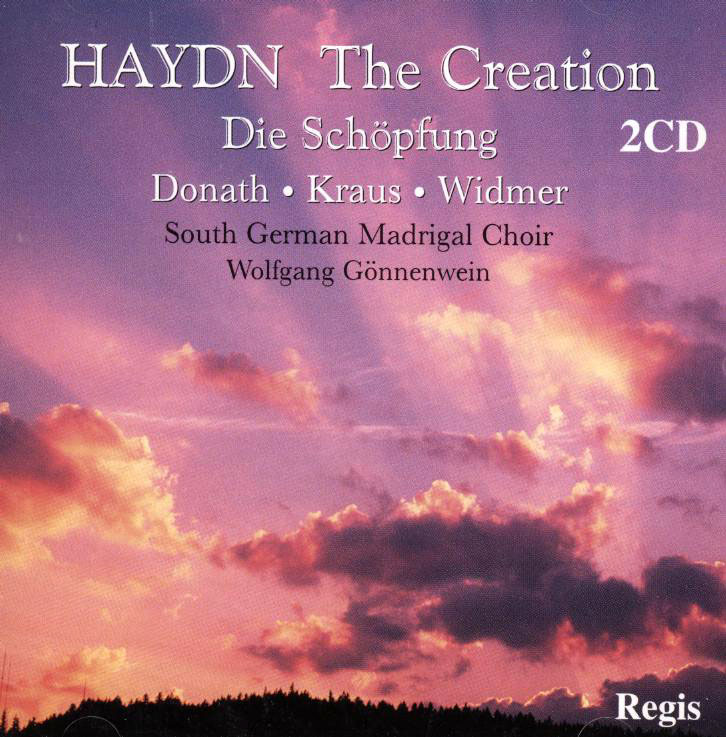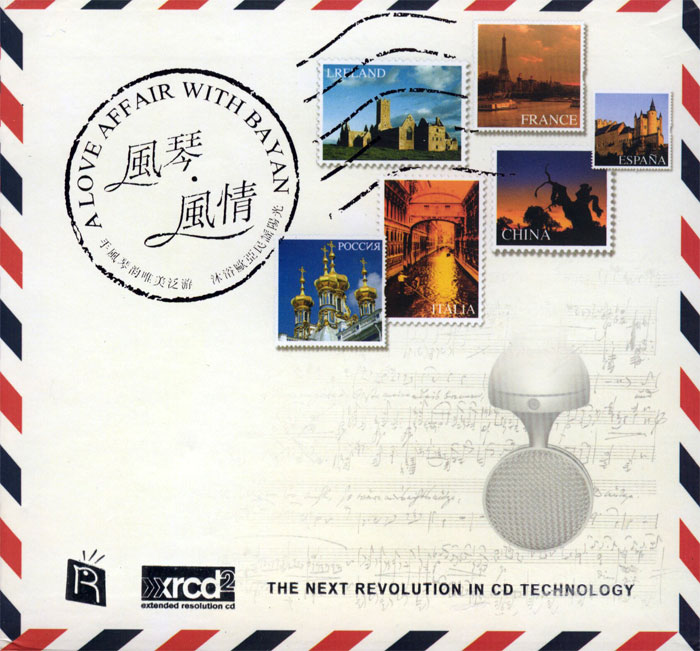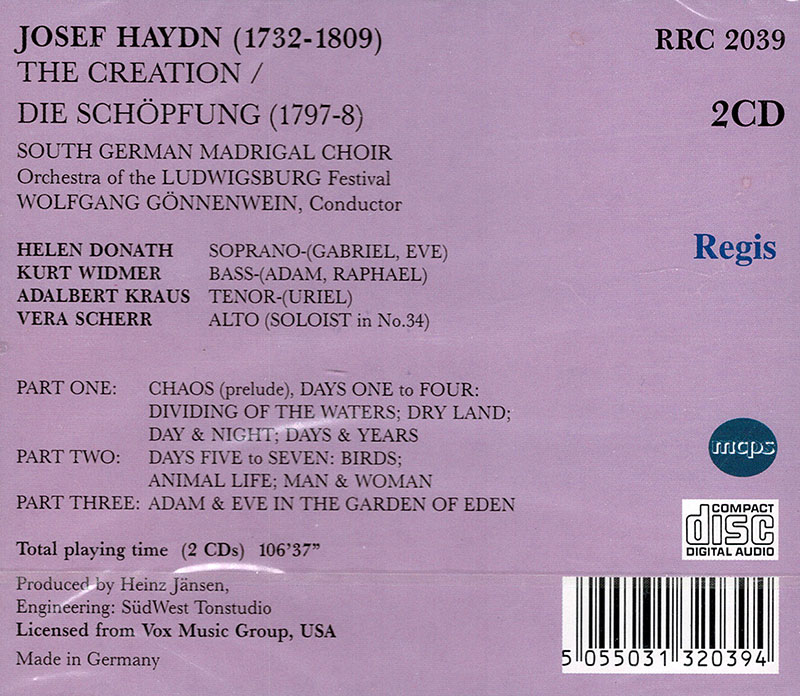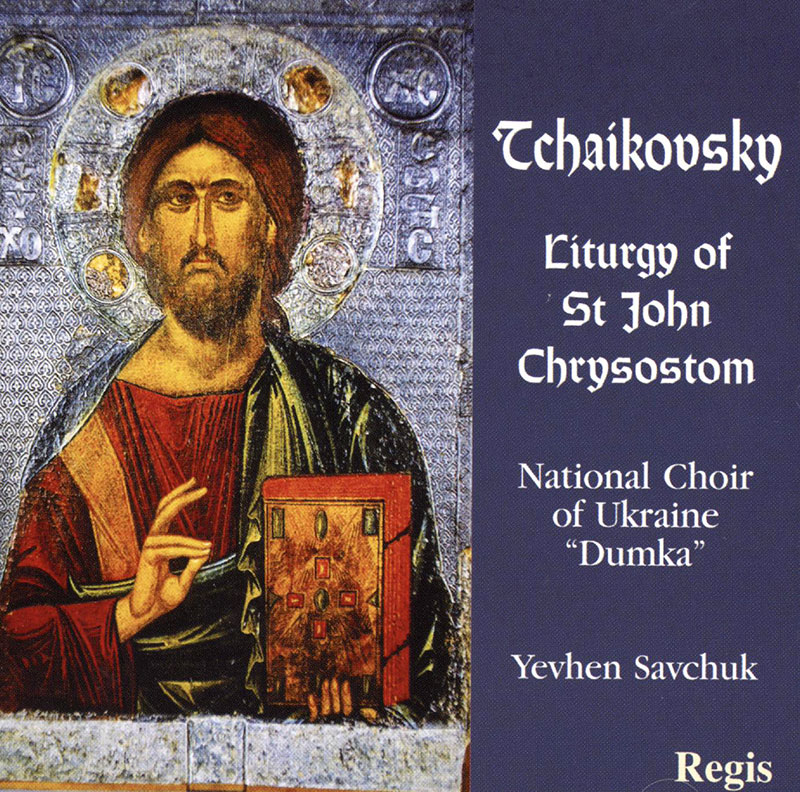Logowanie
Dlaczego wszystkjie inne nie brzmią tak jak te?
SpeakersCorner - OSTATNIE!!!!
RAVEL, DEBUSSY, Paul Paray, Detroit Symphony Orchestra
Prelude a l'Apres-midi d'un faune / Petite Suite / Valses nobles et sentimentales / Le Tombeau de Couperin
Samozapłon gwarantowany - Himalaje sztuki audiofilskiej
PROKOFIEV, Stanislaw Skrowaczewski, Minneapolis Symphony Orchestra
Romeo and Juliet
Stanisław Skrowaczewski,
✟ 22-02-2017
BARTOK, Antal Dorati, Philharmonia Hungarica
Dance Suite / Two Portraits / Two Excerpts From 'Mikrokosmos'
Samozapłon gwarantowany - Himalaje sztuki audiofilskiej
ENESCU, LISZT, Antal Dorati, The London Symphony Orchestra
Two Roumanian Rhapsodies / Hungarian Rhapsody Nos. 2 & 3
Samozapłon gwarantowany - Himalaje sztuki audiofilskiej
Winylowy niezbędnik
ClearAudio
Cartridge Alignment Gauge - uniwersalny przyrząd do ustawiania geometrii wkładki i ramienia
Jedyny na rynku, tak wszechstronny i właściwy do każdego typu gramofonu!
ClearAudio
Harmo-nicer - nie tylko mata gramofonowa
Najlepsze rozwiązania leżą tuż obok
IDEALNA MATA ANTYPOŚLIZGOWA I ANTYWIBRACYJNA.
Wzorcowe
Carmen Gomes
Celebrating the art and spirit of music - vol. 5 - Reference Songs
- CHCECIE TO WIERZCIE, CHCECIE - NIE WIERZCIE, ALE TO NIE JEST ZŁUDZENIE!!!
Petra Rosa, Eddie C.
Celebrating the art and spirit of music - vol. 3 - Pure
warm sophisticated voice...
SAMPLER - STS DIGITAL, Gregor Hamilton
Celebrating the art and spirit of music - vol. 2 - Love songs from Gregor Hamilton
...jak opanować serca bicie?...
SAMPLER - STS DIGITAL
Celebrating the art and spirit of music - vol. 1 - Leonardo Amuedo
Największy romans sopranu z głębokim basem... wiosennym
Lils Mackintosh
Celebrating the art and spirit of music - vol. 4 - A Tribute to Billie Holiday
Uczennica godna swej Mistrzyni
HAYDN, Helen Donath, Wolfgang Gonnenwein
The Creation / Die Schöpfung (oratorio)

- Helen Donath - soprano
- Wolfgang Gonnenwein - conductor
- HAYDN
Haydn's musical output in virtually all fields from solo piano works through chamber music to the vast number of symphonies, quartets and operas he composed is impressive under any circumstances. In addition to that he also managed to produce a large number of sacred choral works including major settings of the Mass such as the Nelson Mass and the Mass in Time of War and three major oratorios. If the Old Testament tale of Il Ritorno di Tobia is perhaps overlong and rather reliant on vocal exhibitionism, then a new spirit of the oratorio is to be found in Haydn's two great final works - Die Jahreszeiten (The Seasons) and Die Schopfung (The Creation). Haydn's Creation follows in the line of the Bach choral works and the Handel oratorios. The original inspiration for the work was a performance of Handel's biblical oratorio Israel in Egypt which Haydn heard on one of his visits to London. The original text for Haydn's oratorio was submitted by the English poet Lindley but was then translated into German and adapted for the composer, whose understanding of English was poor, by Baron Gottfried von Swieten, the Director of the Hofbibliothek in Vienna. The text is taken from the Book of Genesis and from Milton's Paradise Lost and had originally been made for Handel who failed to set it. The adaptation of the text however goes for a lighter tone than might be expected from its sources and gave Haydn plenty of opportunity for musical scene painting, always mirroring the words and the actions of the story. Unlike some of Handel's oratorios which have successfully transferred to quasi-operatic stage productions, the Creation is definitely a concert work with no pretensions to scenic representation outside that of the mind's imagination. It is divided into three parts and scored for five named soloists - the three Archangels Raphael (bass), Uriel (tenor) and Gabriel (soprano) as well as the two first humans, Adam (bass baritone) and Eve (soprano). In addition, Haydn adds a contralto solo for the final chorus (something of a luxury of casting). Most performances combine some of the roles such as Gabriel and Eve and/or Raphael and Adam. Part One is subdivided into four further sections representing chronologically each of the first four days of the biblical creation and beginning with a prelude representing the representation of chaos. This is one of the most remarkable orchestral portrayals in music. Although the late Romantic and contemporary orchestra may be able to produce more extendedly dramatic and realistic soundscapes in works ranging from Weber's Wolf's Glen scene in the opera Der Freischutz to the raging storm in Britten's Peter Grimes, Haydn's opening pages are an amazingly vivid depiction of the void before creation which lead to a thrilling declaration by the chorus that God said Let there be light and there was Light. This brilliant introduction with its clashing dissonances and modernistic lack of fixed tonality leads to the tenor Uriel's first aria with chorus praising God's first act of creation. After a brief recitative for the Bass describing the division of the waters, the solo soprano enters with a song of praise with chorus for the wondrous work of the Creator (Mit staunen sieht das Wunderwerk). Another recitative for Raphael follows telling of the creation of the dry land and leads into the bass aria Rollend in schaumenden Wellen describing the event. Gabriel's recitative and aria depict the creation of vegetation, one of the many lovely and deservedly popular arias of the work - Nun bent die Flur. After this, Uriel proclaims the third day and the creation of day and night, days and years. This leads to a closing chorus, with the three Archangels as soloists in magnificent multiple voice writing, which brings the first part of the oratorio to its positively triumphant close. Part two takes up the story where the preceding narration left off, with the creation of animal life. The short opening recitative leads into the soprano aria Auf starkem Fittiche where Gabriel sings of the creation of the birds of the air starting with the eagle and ending with the nightingale. Musical suggestions of the animals created abound in this section and none more than the portrayal of the creation of the great whales in the next recitative. A trio for the three Archangels follows leading to a chorus of praise to the glory of God. Raphael's lengthy recitative which follows tells of the creation of the animals and insects and leads into an aria in praise of the fulsome state of the earth and its many creatures all to the glory of the heavens (Nun scheint in vollem Glanze der Himmel). Only one final act of creation remains and that is man and woman. Uriel's aria tells of the glory of man and woman created in God's own image. A concluding chorus with the three soloists sums up God's great work ending with festive repeated Hallelujahs. If the seven days of creation have now come to their splendid conclusion, one thing remains for the final part of the oratorio; the representation of Man in the Garden of Eden. Part Three thus consists basically of a lengthy duet for the soprano Eve and the bass-baritone Adam. Before that can begin, there is an orchestral introduction to the scene and a short recitative for Uriel introducing the happy pair, walking hand in hand and praising their creator. Much of Part Three of the Creation may be more reminiscent of musical things to come with Mozart and Beethoven, containing as it does some of Haydn's most lyrical moments and concluding with a very grand fugal chorus. After the introduction, one of Haydn's loveliest inspirations is the languid song of praise and love of the earthly couple Von definer Gut o Herr and Gott. The tempo quickens and there are choral interjections but this is mainly a twenty minute duet of praise and contentment for the two soloists. The blissful state of the Garden of Eden is where Haydn chooses to leave his listeners, but not without a word of warning for the future from the Archangel Uriel before the final triumphant chorus - the couple shall remain happy forever more so long as they do not want more than you have and know more than you ought to. The warning is given and the celebratory finale brings this, Haydn's penultimate oratorio to a triumphant close. The avowed intentions of Wolfgang Gonnenwein and his Ludwigsburg Festival have been to give performances of Mozart and Handel operas in German versions. The orchestra was founded in 1972 and consists of students and teachers from the nearby Stuttgart Music School who meet together for the Festival each year at the Ludwigsburg Castle. The Festival has attracted international acclaim as well as many world famous singers including the soprano Helen Donath. The conductor, Wolfgang Gonnenwein, is a native of Schwabisch Hall and was Rector at the Stuttgart Academy from 1973 until 1983, then taking over as Intendant of the Staatstheater in Stuttgart in 1985. © 2000 David Doughty


























